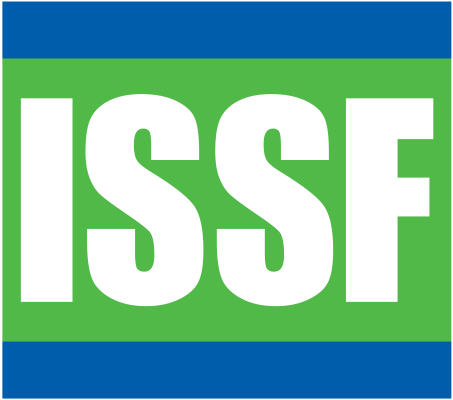Further Notes on Data Reporting and Compliance
Please note these are brief summaries. For full text of the gear-specific observer requirements in force in each RFMO, visit ISSF’s RFMO database.
Observers and Port Samplers
Longline Observer Requirements:
For longline vessels, though the details of the programs vary, most tuna RFMOs require an observer coverage level of at least 5 percent for longline vessels over 24 meters, and, in some cases, for smaller vessels operating in the high seas or in EEZs other than their flag state EEZ.
Purse Seine Observer Requirements:
For purse seine vessels, though the details of the programs vary, in the WCPFC, IATTC, and ICCAT there are a 100 percent coverage requirements (at least for certain geographical areas and/or times of the year and certain vessel sizes). In the IOTC, there is a 5 percent observer coverage requirement for vessels 24 m and greater in length overall operating on the high seas and for vessel less than 24 m if they fish in EEZs and on the high seas. Fishers operating purse seine vessels in these RFMO Convention Areas must become aware of the specific applicable observer requirements.
Observers collect and report data on tuna catch, bycatch, and discards, among other things, through observer program worksheets and/or logbooks. In addition, some regions have port samplers that collect catch data as well. These data are an essential part of the scientific evaluation of the tuna fisheries and the ecosystem in which they live. Skippers should ensure that observers and port samplers are given the access necessary to carry out these important duties.
Tag Recovery and Reporting
Tuna (and other fish) tagging programs have a number of uses, but almost all tagging programs share a common goal: gathering data about fish. Most tagging programs seek information on fish movements, growth, behavior, and mortality. This data is critical to our understanding of fish biology and for the creation of accurate models for stock assessments. You might also encounter tagged seabirds, with small bands on their legs.
Simple tags have printed information and instructions on how to return the tag. These tags remain attached to the fish until it is landed. Some high-tech tags monitor and record data. Some fish tags even pop off the fish at an appointed time, float to the surface, and transmit information via satellite. If the vessel’s crew lands a tagged animal, please take the time to remove the tag, note the time and location of the landing and ensure that the tag is returned to its owner. Often there are rewards for the return of tags—another reason to help contribute to the good management of your fishery. Fishermen must not remove the tags from live birds.

